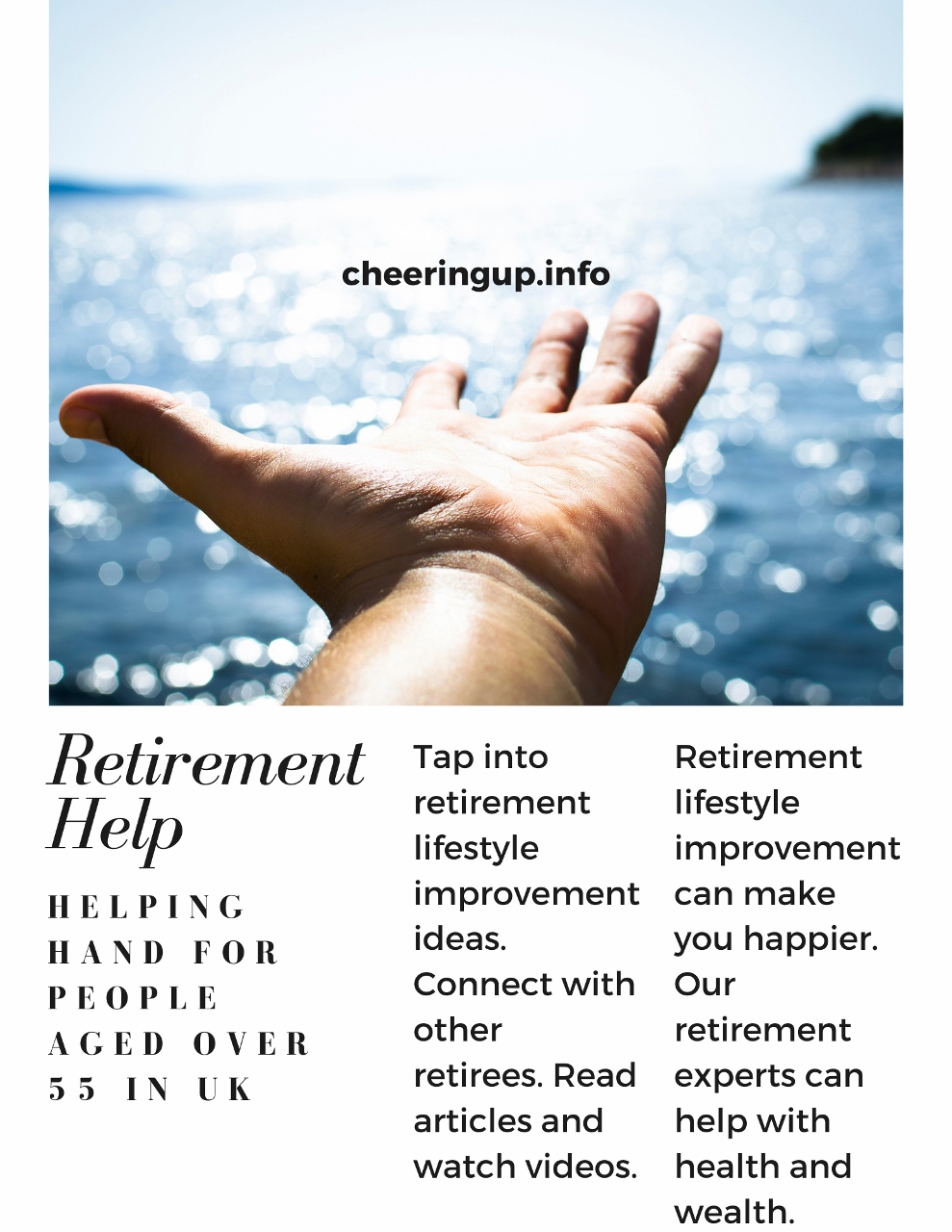Unveiling the Secrets of Freedom: A Deep Dive into Nomad Flag Theory
In an age of accelerating globalisation and unprecedented technological advancements, the traditional concept of a fixed national identity is undergoing a profound transformation. The rise of remote work, digital nomadism, and borderless lifestyles has spurred a growing interest in Flag Theory, a strategic approach to optimising one’s residency, citizenship, and financial affairs across multiple jurisdictions.
What is Flag Theory?
At its core, Flag Theory is the practice of diversifying one’s geographical footprint across different countries to reap the benefits of their unique tax regimes, business environments, visa-free travel opportunities, and overall quality of life. It is not about abandoning one’s national identity entirely, but rather about creating a flexible and advantageous portfolio of flags that aligns with one’s personal and professional goals.
The 5 Pillars of Flag Theory
The Flag Theory framework is anchored by five key pillars, each representing a crucial aspect of international diversification:
- Residency: Establishing physical presence in countries with favourable residency programmes that offer tax breaks, simplified visa procedures, and access to healthcare and other social benefits.
- Citizenship: Obtaining a second passport or dual citizenship for wider visa-free travel, enhanced asset protection, and potential business expansion opportunities.
- Banking: Diversifying bank accounts across different jurisdictions to mitigate currency risks, benefit from favourable interest rates, and ensure access to international financial services.
- Assets: Distributing assets globally across countries with stable economies, political climates, and legal systems to safeguard wealth and facilitate inheritance planning.
- Business: Registering companies in jurisdictions with low corporate taxes, streamlined regulations, and access to target markets to optimise business operations and maximise profits.
The 5 Flags Deal: A Roadmap to Freedom and Prosperity
The 5 Flags Deal framework builds upon the core principles of Flag Theory, providing a more structured approach to international diversification. It involves strategically selecting five countries across different regions, each catering to a specific aspect of your life and goals:
- Residency Flag: A country with a welcoming residency programme offering low taxes, visa-free travel to desired destinations, and a high quality of life.
- Citizenship Flag: A country with a straightforward and affordable citizenship by investment programme, granting visa-free access to key regions and enhanced global mobility.
- Banking Flag: A country with a stable financial system, strong banking secrecy laws, and favourable interest rates for secure wealth storage and financial management.
- Asset Protection Flag: A country with a robust legal system, political stability, and asset protection mechanisms to safeguard your wealth from potential legal or financial disputes.
- Business Flag: A country with a thriving entrepreneurial ecosystem, low corporate taxes, and easy company registration processes to facilitate business growth and expansion.
The Power of Diversification: Why Flag Theory Matters
By adopting a Flag Theory approach, individuals and businesses can unlock a multitude of benefits:
- Tax Optimisation: Reduce your overall tax burden by leveraging residency programmes, tax havens, and strategic asset placement.
- Enhanced Mobility: Enjoy visa-free travel to a wider range of countries, expanding your personal and professional horizons.
- Asset Protection: Safeguard your wealth from legal or financial challenges by diversifying your asset portfolio across stable jurisdictions.
- Business Expansion: Access new markets, attract international investors, and streamline business operations through strategic company registration.
- Peace of Mind: Achieve greater financial security, global flexibility, and freedom from restrictive government regulations.
A Quote on the Power of Flag Theory
“Flag Theory is not about running away from your problems, but about creating options and opportunities for yourself and your family. It’s about taking control of your life and designing an environment that supports your values, goals, and aspirations.” – Andrew Henderson, International Tax Attorney
Examples of Countries to Consider for Each Flag
The choice of countries for your 5 Flags Deal will depend on your individual circumstances, goals, and risk tolerance. However, some popular options include:
- Residency Flags: Portugal, Panama, Thailand, Costa Rica, Malta
- Citizenship Flags: Dominica, St. Lucia, Grenada, Antigua and Barbuda, Ireland
- Banking Flags: Switzerland, Singapore, Hong Kong, Liechtenstein, Cayman Islands
- Asset Protection Flags: New Zealand, Switzerland, Isle of Man, Cook Islands, Cayman Islands
- Business Protection Flags: Depend on type of business, attitude to risk and the reach you want for your business.





